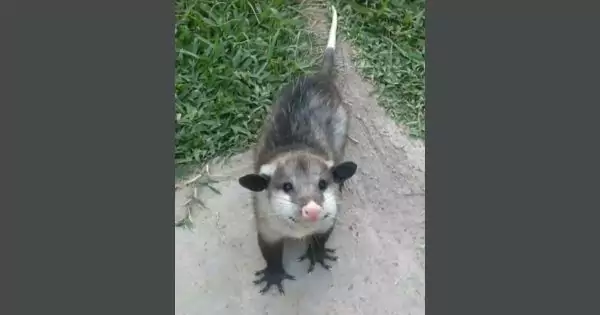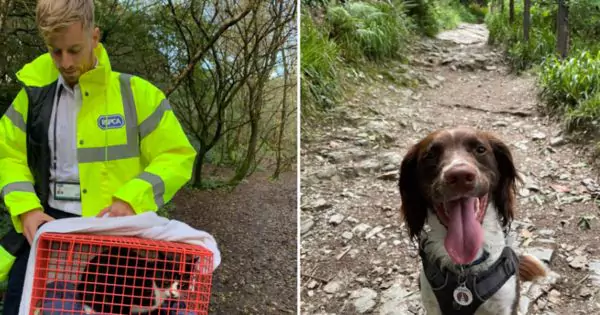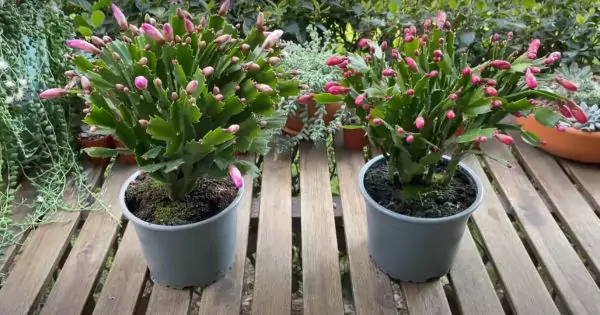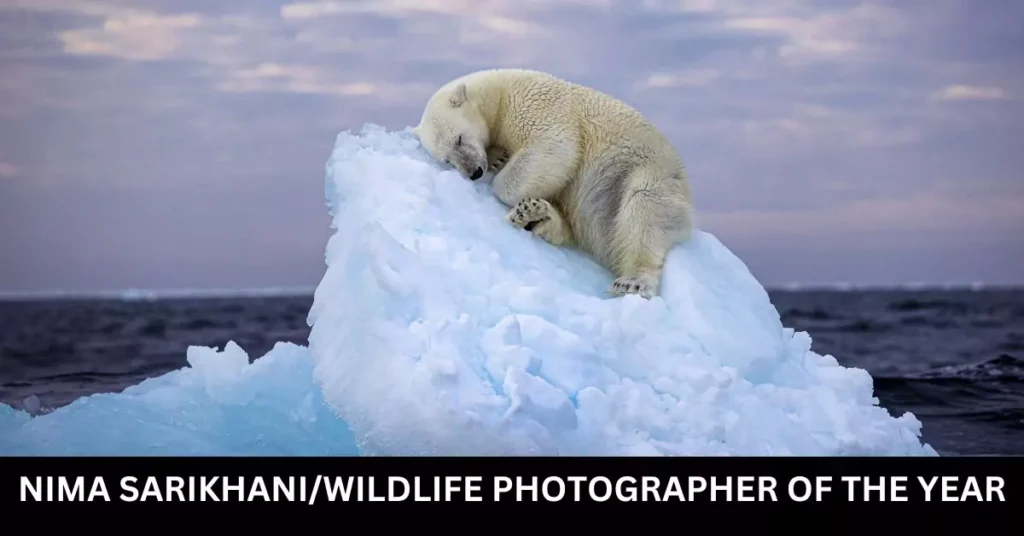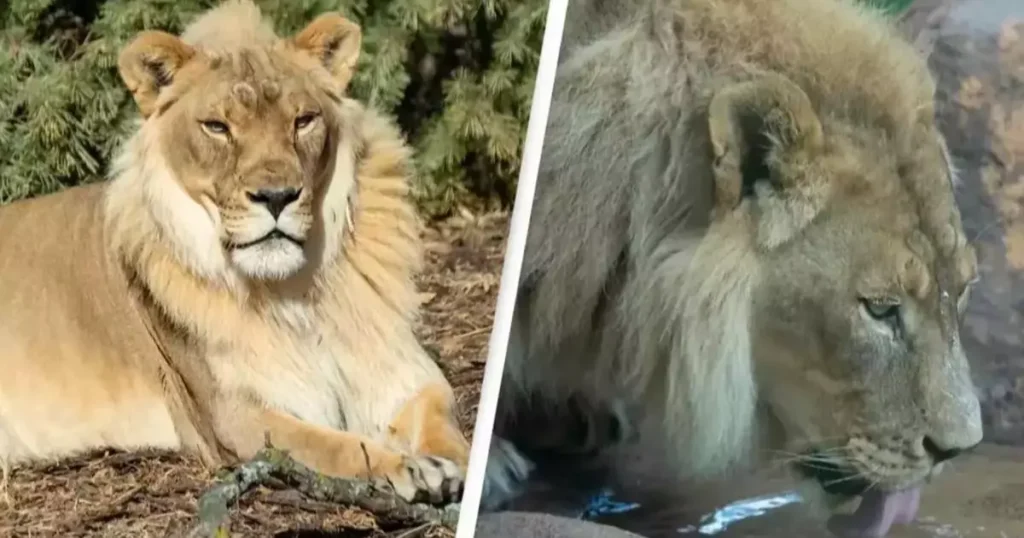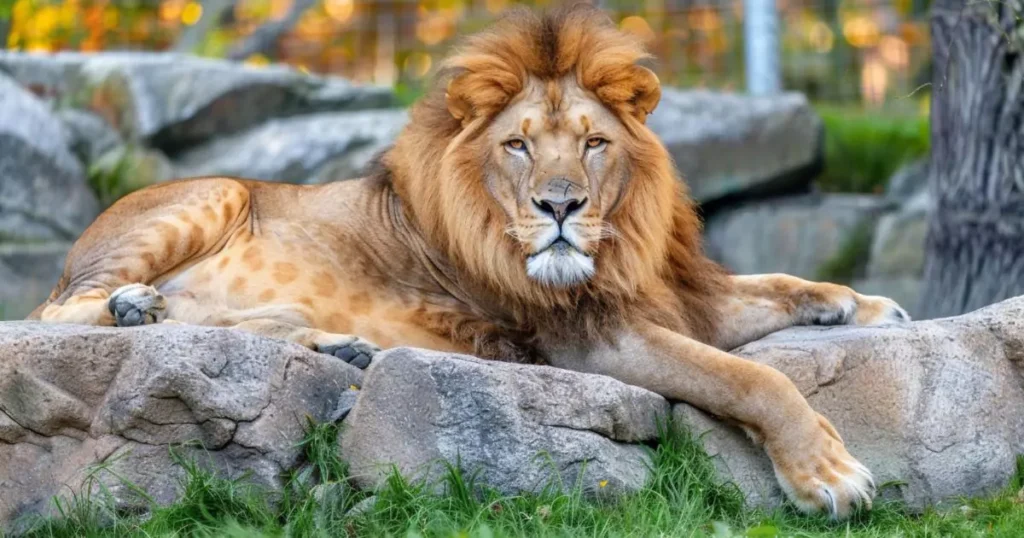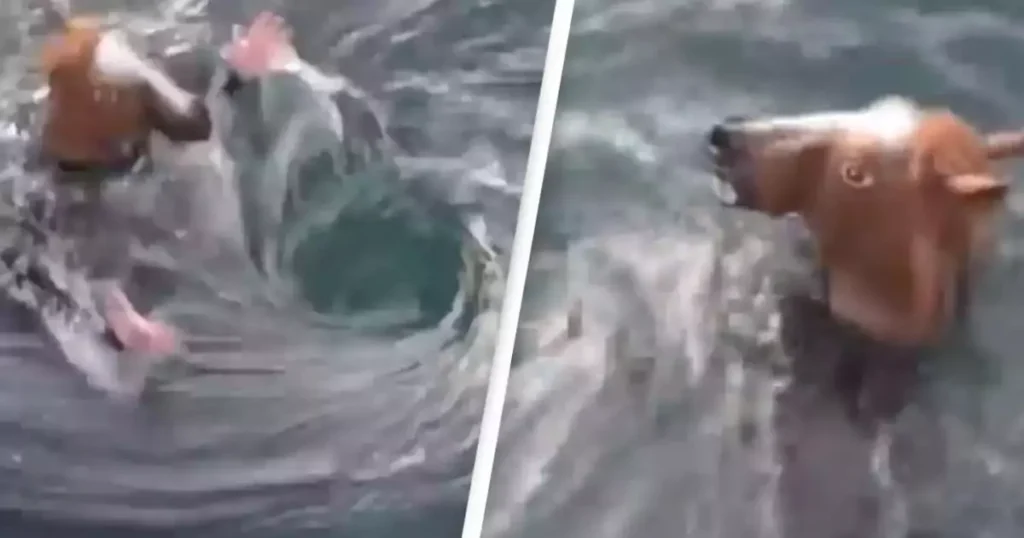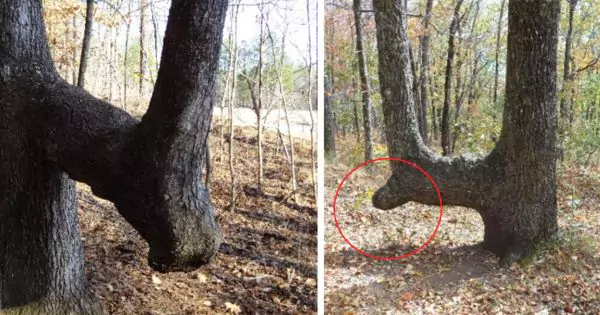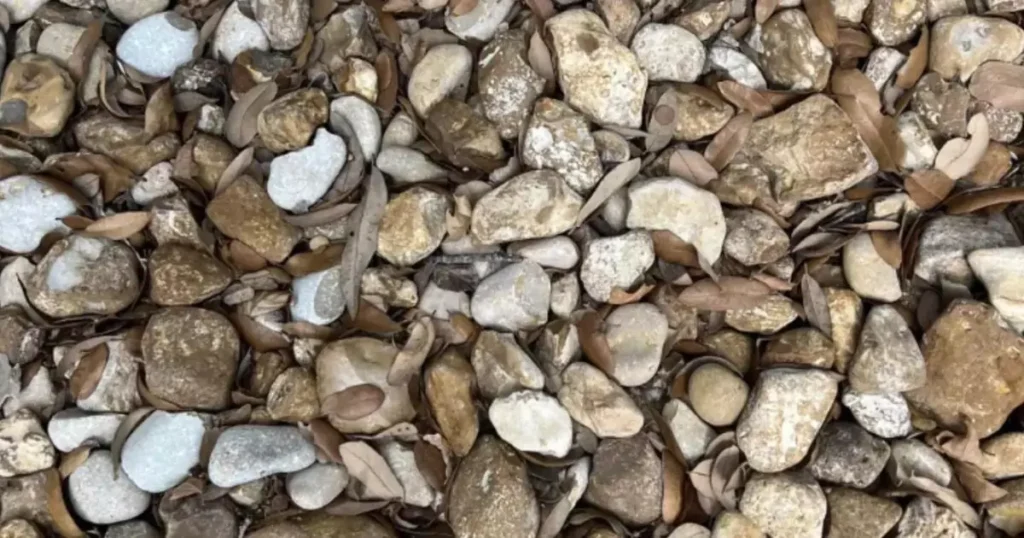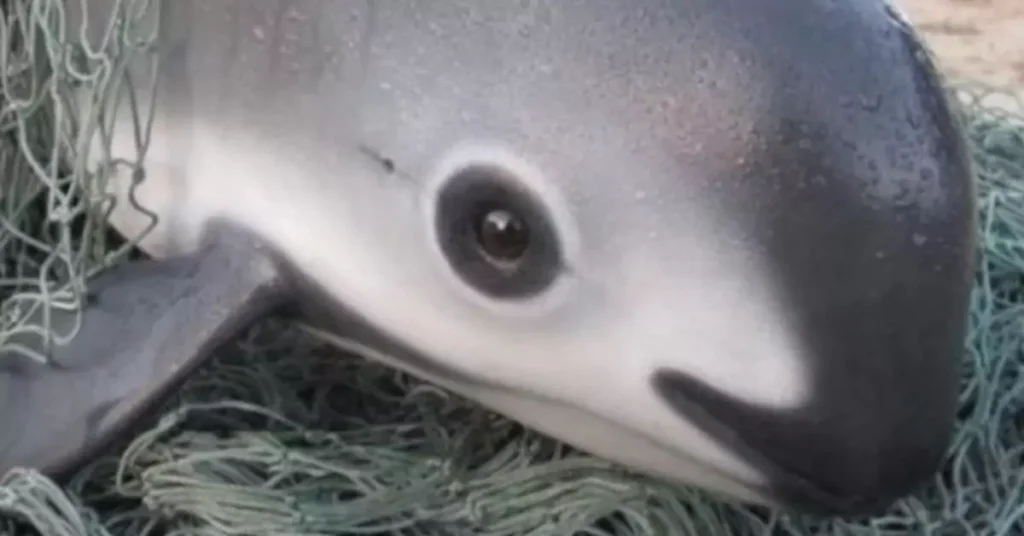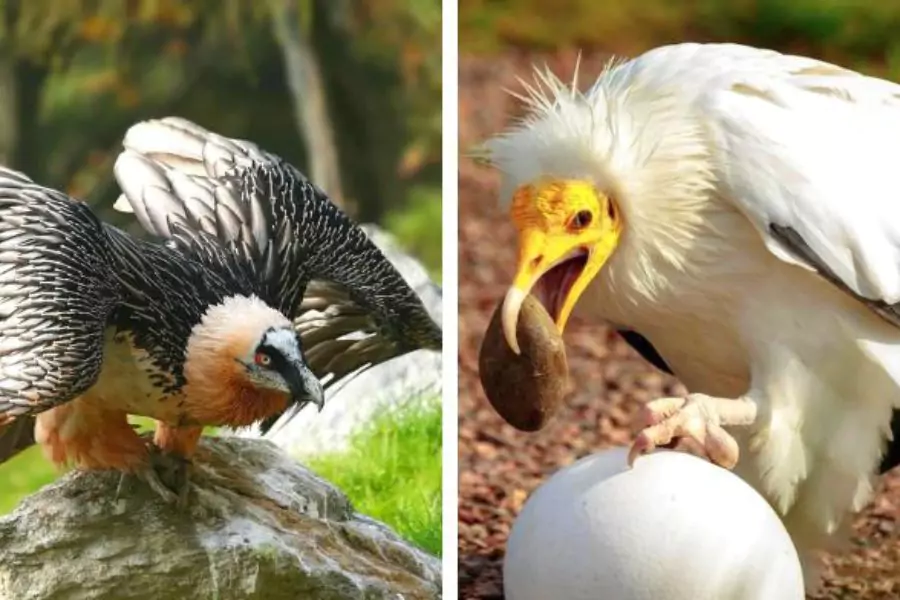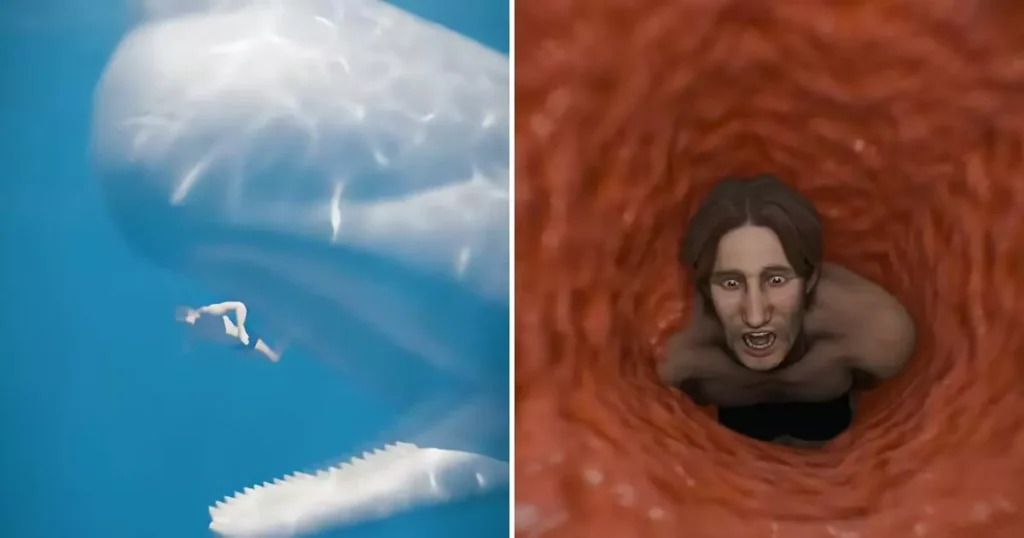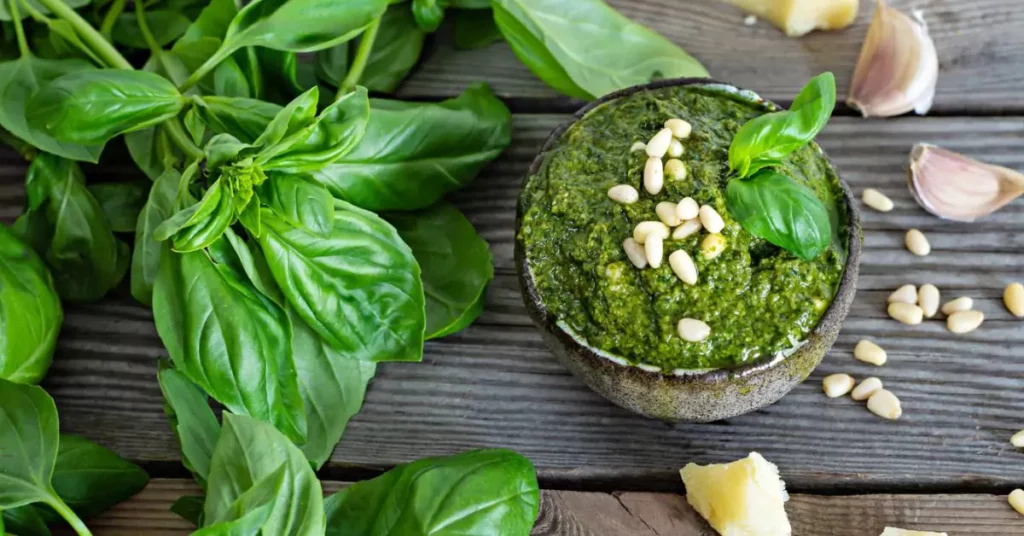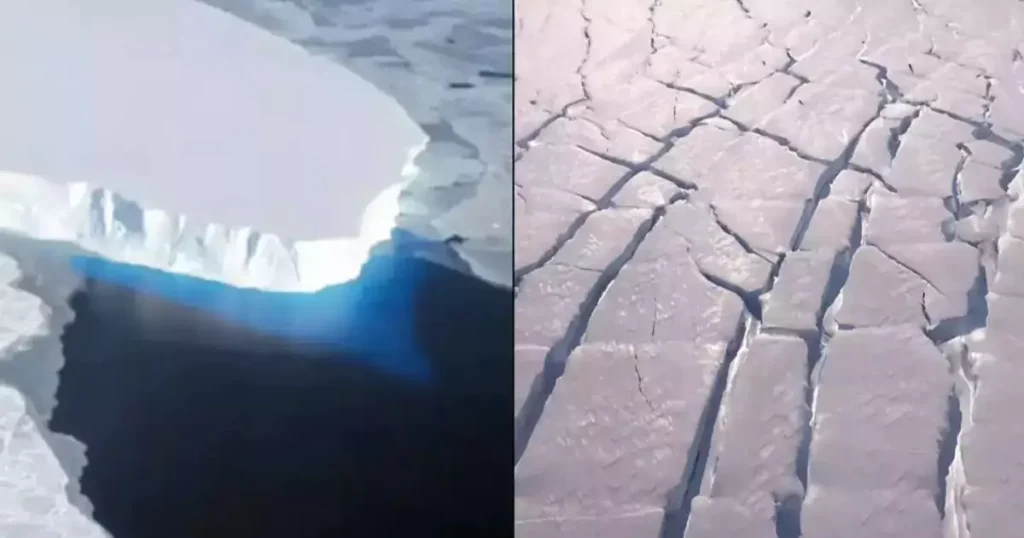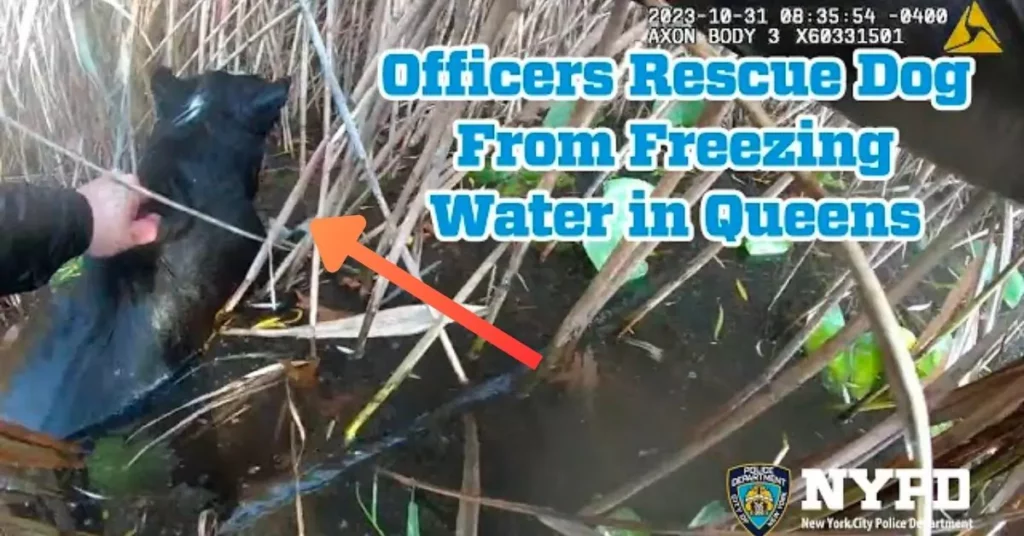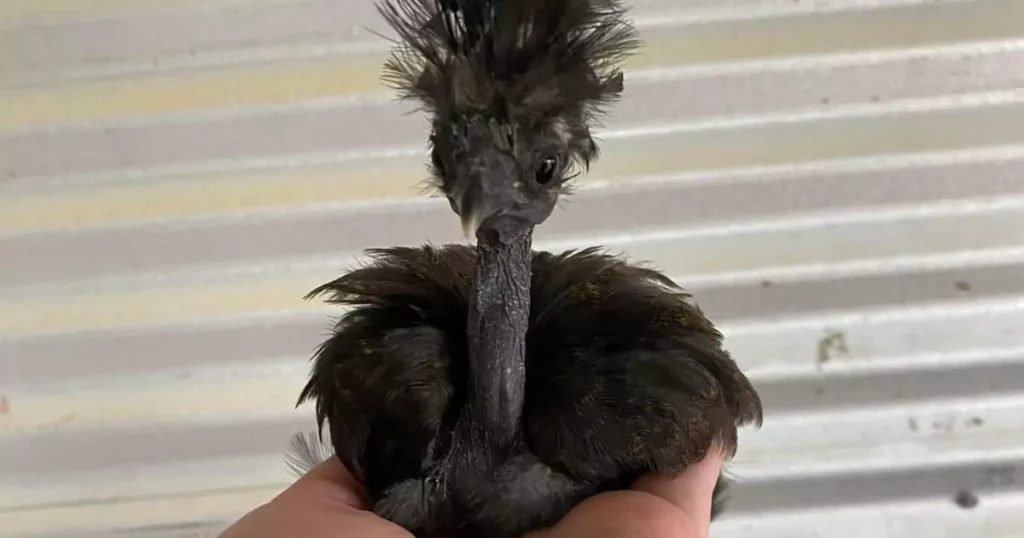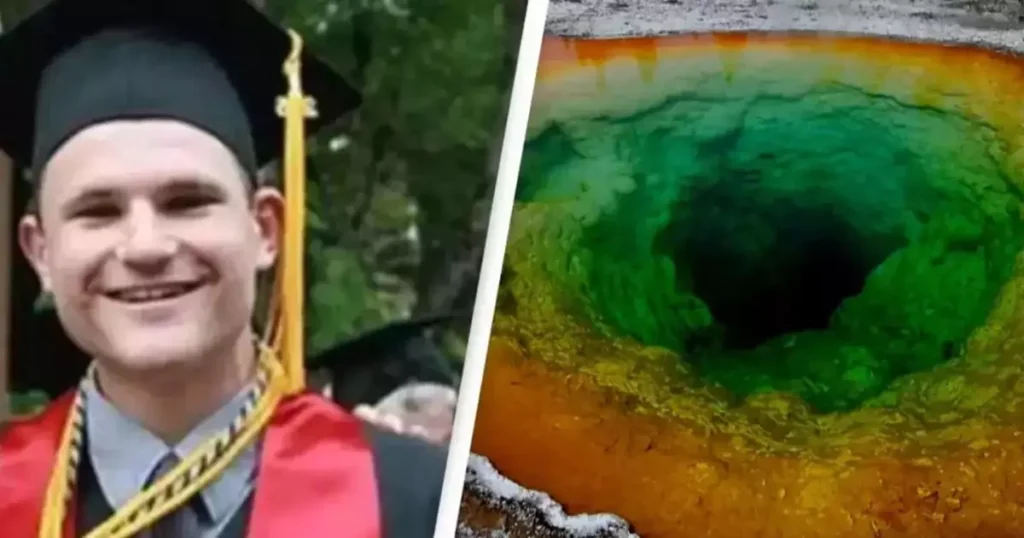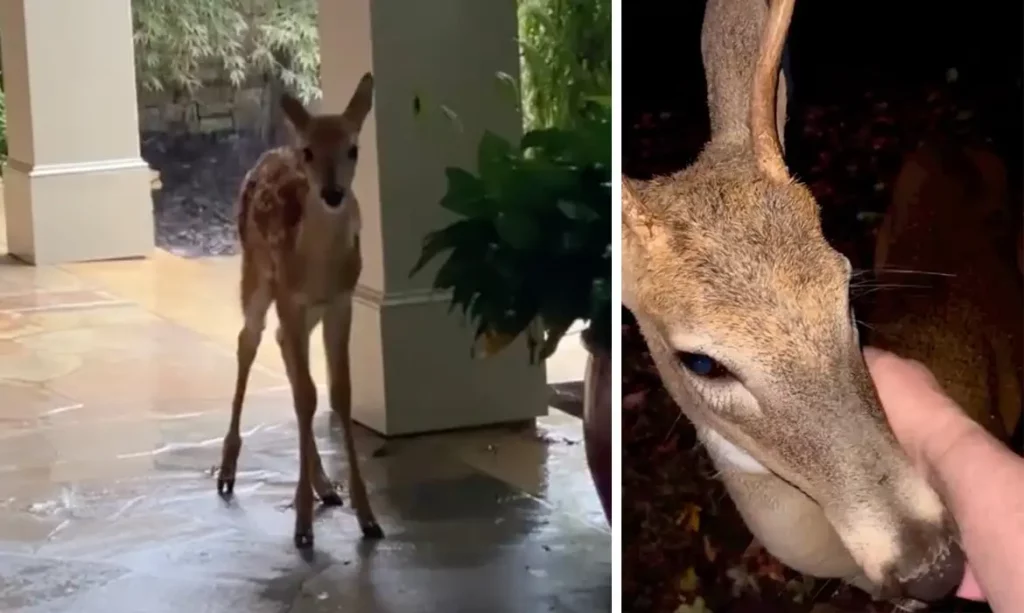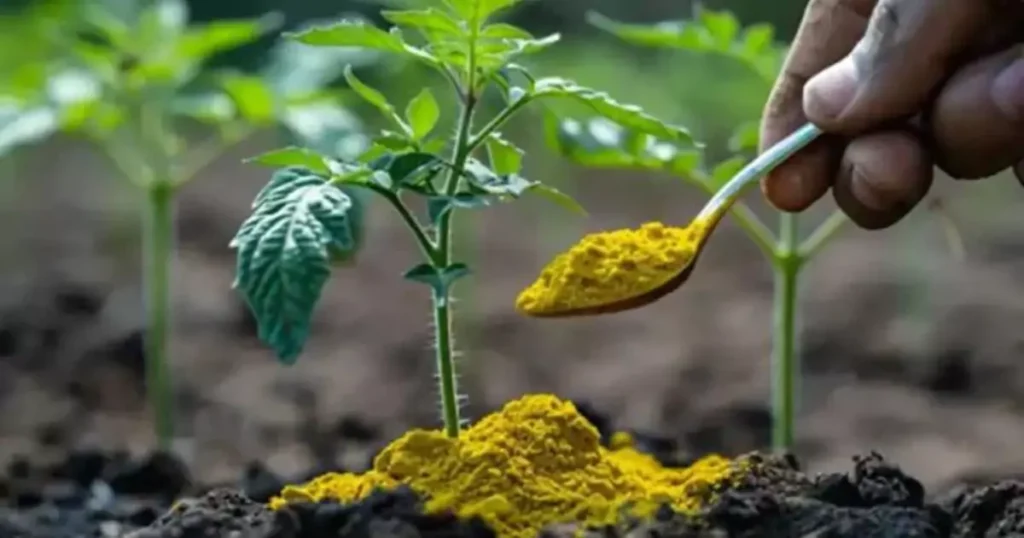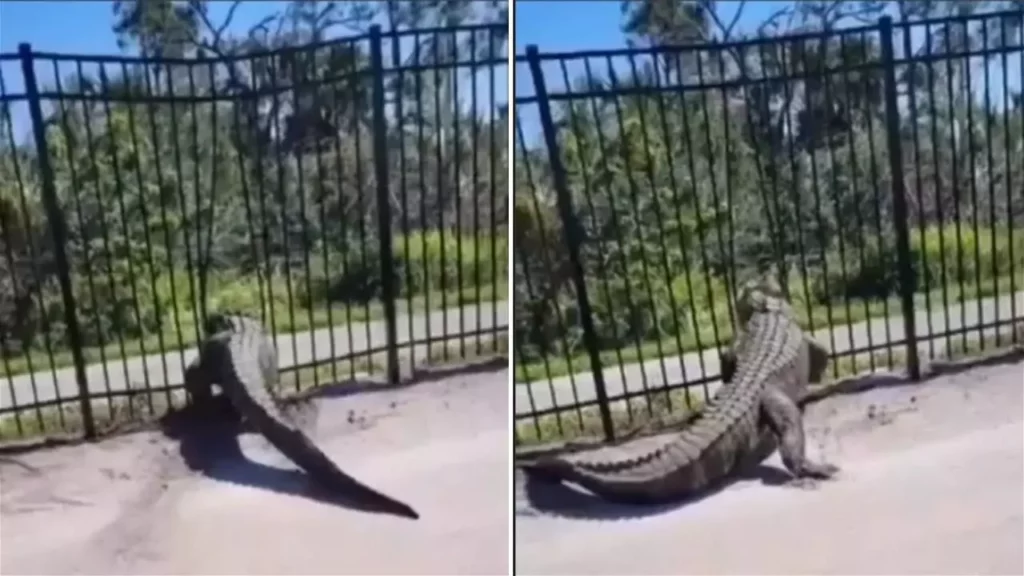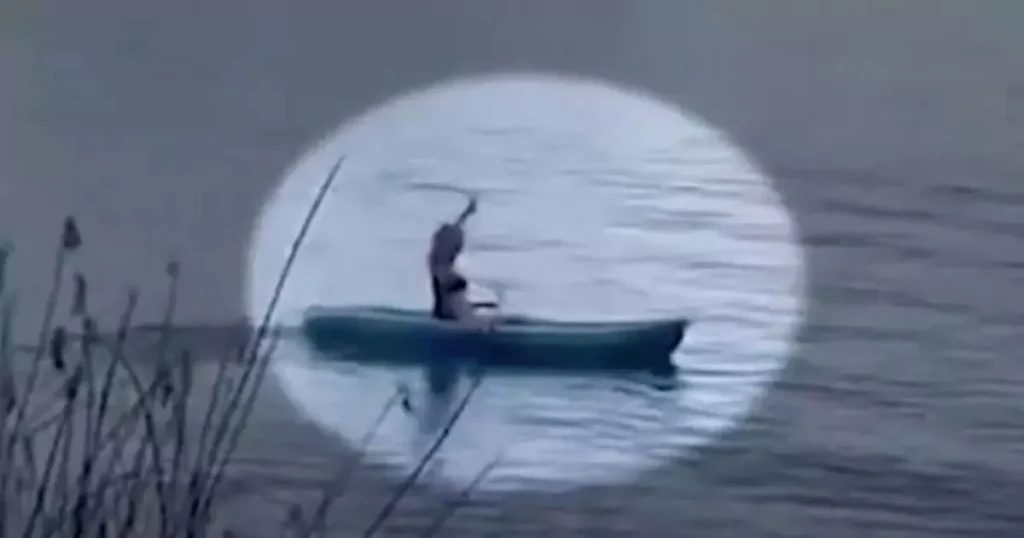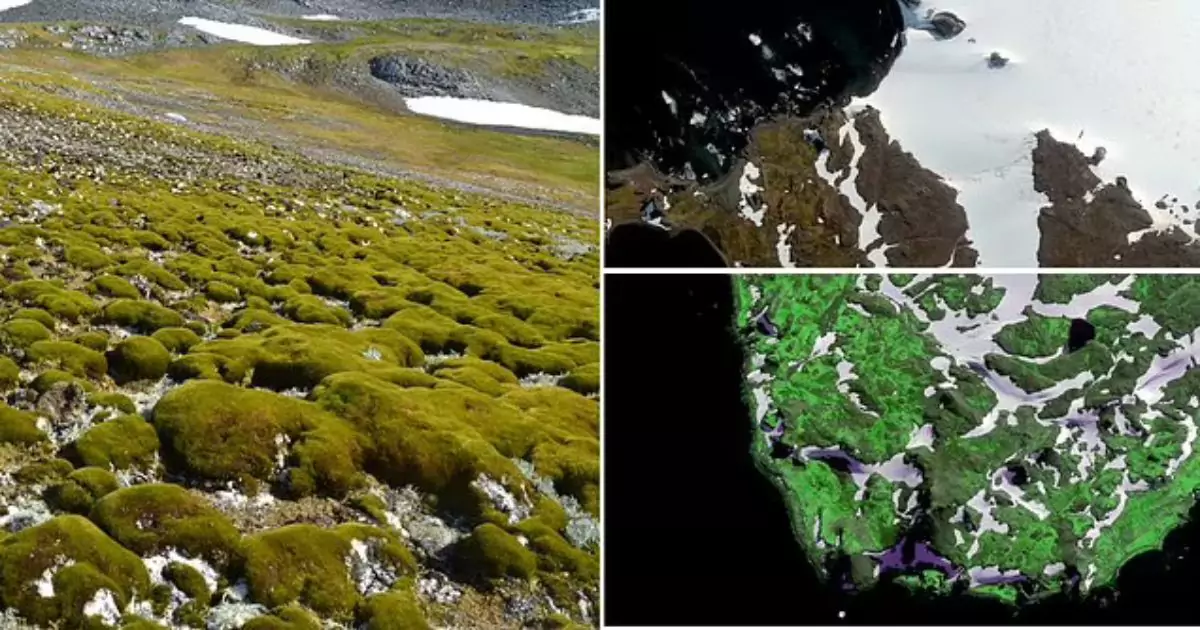
Climate change has been making its mark on the world in various ways, but one of the most unexpected consequences has emerged from the coldest continent on Earth. Satellite imagery has revealed that parts of Antarctica are turning green, causing serious concerns among scientists. This rapid “greening” is linked to rising temperatures, and the implications for Antarctica’s ecosystem could be dire.
Antarctica’s Rapid Greening
Satellite data has shown that the Antarctic Peninsula, a region that was once predominantly covered in ice and snow, is experiencing an unexpected surge in plant life. Researchers from the universities of Exeter and Hertfordshire, alongside the British Antarctic Survey, discovered that the continent is warming faster than the global average. This increase in temperature has led to a dramatic rise in vegetation cover, particularly mosses and other hardy plants.
The study, published in Nature Geoscience, revealed that vegetation cover has expanded by over 10 times in the last four decades. In 1986, less than one square kilometer of the Antarctic Peninsula was covered in plant life. By 2021, that number had surged to 12 square kilometers, signaling a significant shift in the landscape.
The Role of Climate Change: Why Is Antarctica Turning Green?
The primary factor driving this greening is climate change. The Antarctic Peninsula is warming at an alarming rate, which is causing ice to melt and exposing soil that was previously trapped under snow and ice. This soil is providing a new foundation for vegetation to grow. As temperatures continue to rise, the region is becoming more hospitable to plant life.
Dr. Thomas Roland from the University of Exeter, one of the study’s lead researchers, expressed concern: “The sensitivity of the Antarctic Peninsula’s vegetation to climate change is now clear, and under future anthropogenic warming, we could see fundamental changes to the biology and landscape of this iconic and vulnerable region.”
Consequences of Rapid Vegetation Growth in Antarctica
While the expansion of plant life might seem like a positive development in other environments, the greening of Antarctica raises several concerns. One of the biggest risks is the introduction of non-native species. Researchers have pointed out that tourists and scientists visiting the continent could inadvertently bring invasive plant species with them, which could disrupt the fragile ecosystem.
Dr. Olly Bartlett from the University of Hertfordshire warned that as the climate continues to warm, more non-native plants could start to establish themselves in Antarctica. “Soil in Antarctica is mostly poor or non-existent, but this increase in plant life will add organic matter and facilitate soil formation – potentially paving the way for other plants to grow,” Bartlett noted.
The introduction of invasive species could lead to further imbalances in the ecosystem, as native plants and animals might struggle to compete with new arrivals. Additionally, the formation of soil due to increased plant life could permanently alter the landscape, making it more susceptible to further ecological shifts.
The Impact of Invasive Species
Invasive species pose a significant threat to ecosystems around the world, and Antarctica is no exception. The arrival of non-native plants or animals could upset the delicate balance that has existed for millennia. Scientists have already observed that species such as the common grass Poa annua have started to establish a foothold in the Antarctic Peninsula, further threatening the native mosses and lichens.
Eco-tourists, scientists, and other visitors to the region may inadvertently carry seeds, spores, or microorganisms that could thrive in the warming climate. Once established, these species could spread rapidly, displacing native flora and fauna. This could result in a loss of biodiversity, as well as changes to the nutrient cycles that support life in Antarctica.
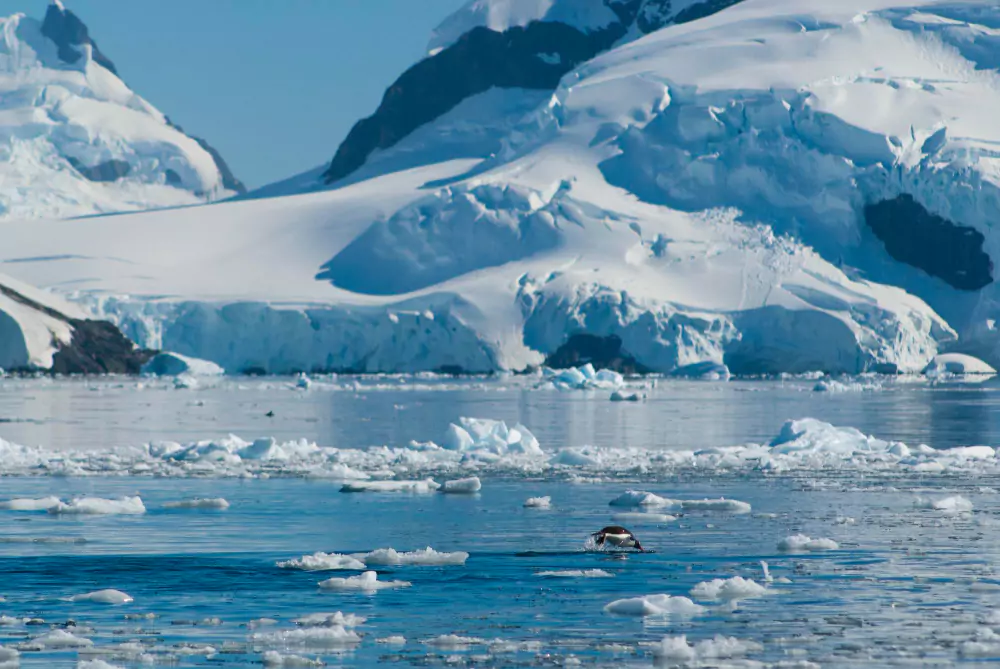
The Urgent Need for Further Research
The rapid rate of greening in Antarctica has prompted scientists to call for more urgent research. While the current data points to climate change as the primary driver, researchers believe that more studies are needed to understand the specific environmental factors contributing to this phenomenon.
Dr. Roland stressed the importance of understanding these changes to protect Antarctica’s fragile ecosystem. “In order to protect Antarctica, we must understand these changes and identify precisely what is causing them,” he said.
One area of particular concern is the role of extreme heat events, which have been occurring more frequently in the region. Satellite data has shown that these events are contributing to the acceleration of vegetation growth, but scientists are still investigating the long-term implications of this trend.
What Does This Mean for the Future of Antarctica?
If the current trends continue, Antarctica could undergo dramatic changes in the coming decades. The once frozen landscape could become increasingly dominated by plant life, leading to the establishment of new ecosystems. This greening could have far-reaching consequences for the global climate system, as Antarctica plays a crucial role in regulating Earth’s temperature and sea levels.
Additionally, the greening of Antarctica could contribute to further ice melt, as plants absorb more sunlight than ice, accelerating the warming process. This could lead to even more ice loss, raising global sea levels and impacting coastal communities around the world.
Precautions for Visitors to Antarctica
As the Antarctic Peninsula becomes more accessible due to melting ice and increased tourism, it’s essential for visitors to take precautions to minimize their impact on the environment. Here are some practical tips for eco-tourists, scientists, and anyone planning a trip to Antarctica:
- Follow Strict Biosecurity Measures: Before arriving in Antarctica, clean all clothing, footwear, and equipment to prevent the introduction of invasive species. Many tour operators and research stations enforce biosecurity protocols to protect the environment.
- Stay on Designated Paths: Stick to designated walking paths to avoid trampling on fragile vegetation. This helps minimize the impact on the growing plant life and prevents further soil formation.
- Avoid Bringing Foreign Materials: Do not bring seeds, plants, or soil from other regions. Even small amounts of organic material can introduce non-native species to the environment.
- Respect Wildlife: Maintain a safe distance from animals and their habitats. Disrupting wildlife can have lasting effects on the ecosystem.
- Educate Yourself on Local Regulations: Before traveling to Antarctica, familiarize yourself with the environmental guidelines set by the Antarctic Treaty System. These regulations are in place to protect the continent from human interference.
A Stark Warning from Antarctica
The greening of Antarctica serves as a stark reminder of the far-reaching consequences of climate change. As vegetation spreads across the Antarctic Peninsula at an unprecedented rate, scientists are raising serious concerns about the future of this fragile ecosystem. The warming temperatures, coupled with the potential arrival of invasive species, could fundamentally alter the continent’s landscape.
While the findings are alarming, they also highlight the urgent need for more research and action to mitigate the effects of climate change. By understanding these changes, we can take steps to protect one of the world’s last great wildernesses before it’s too late.
The changes happening in Antarctica are just one example of the dramatic impacts of climate change. Stay informed about the latest research and global efforts to combat climate change by subscribing to our newsletter. Get regular updates on environmental news, scientific breakthroughs, and conservation efforts delivered straight to your inbox.





